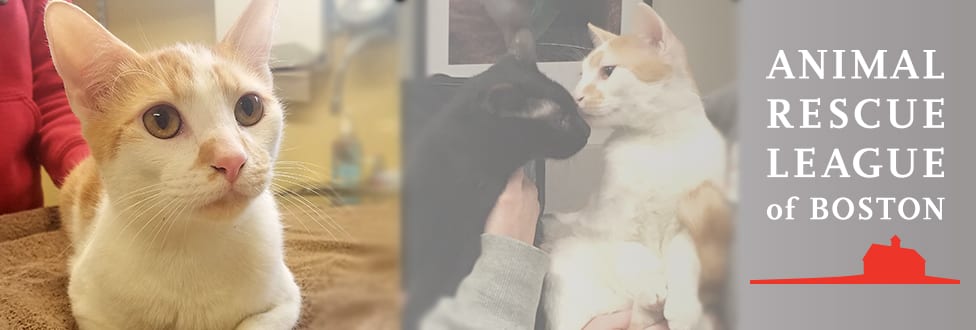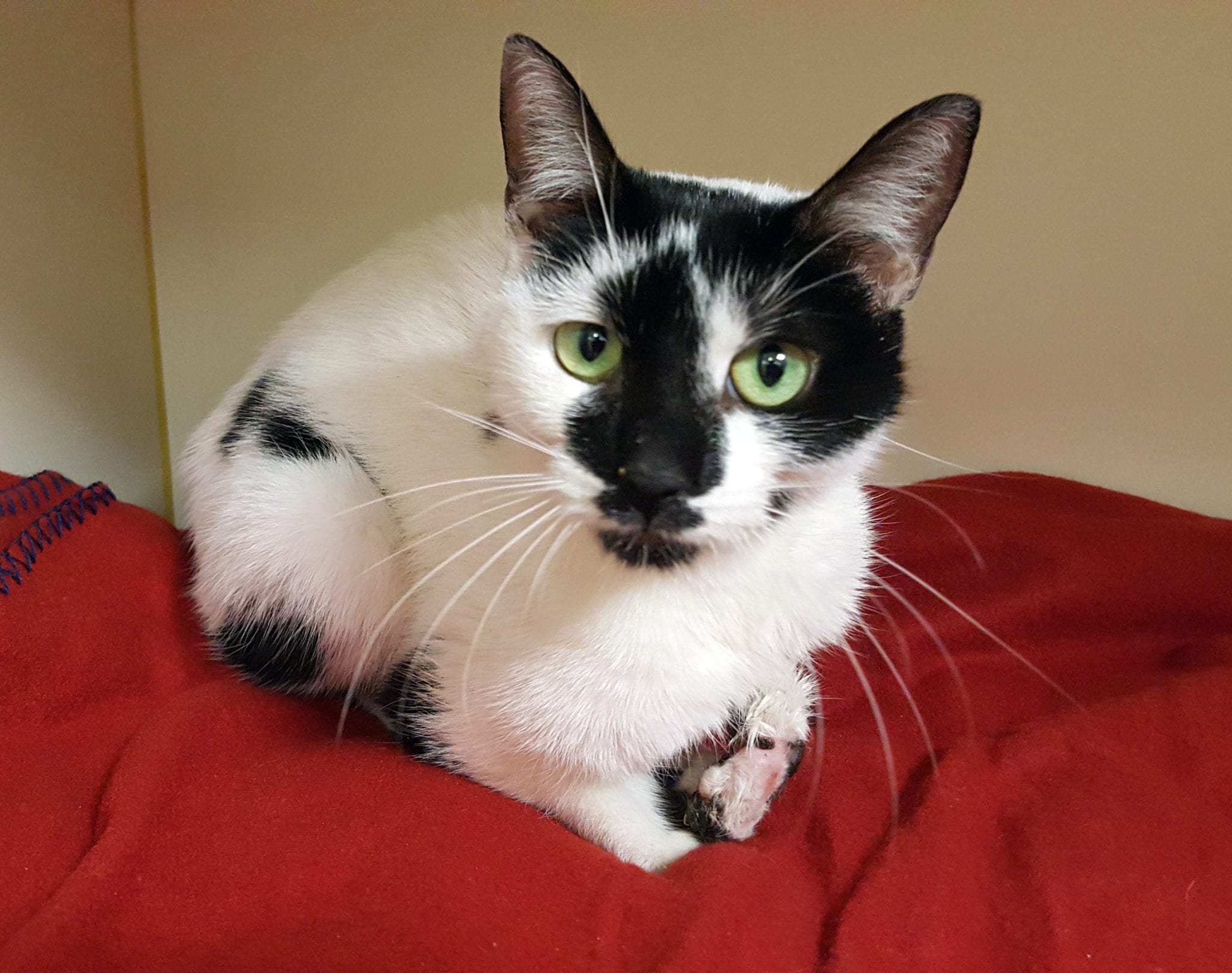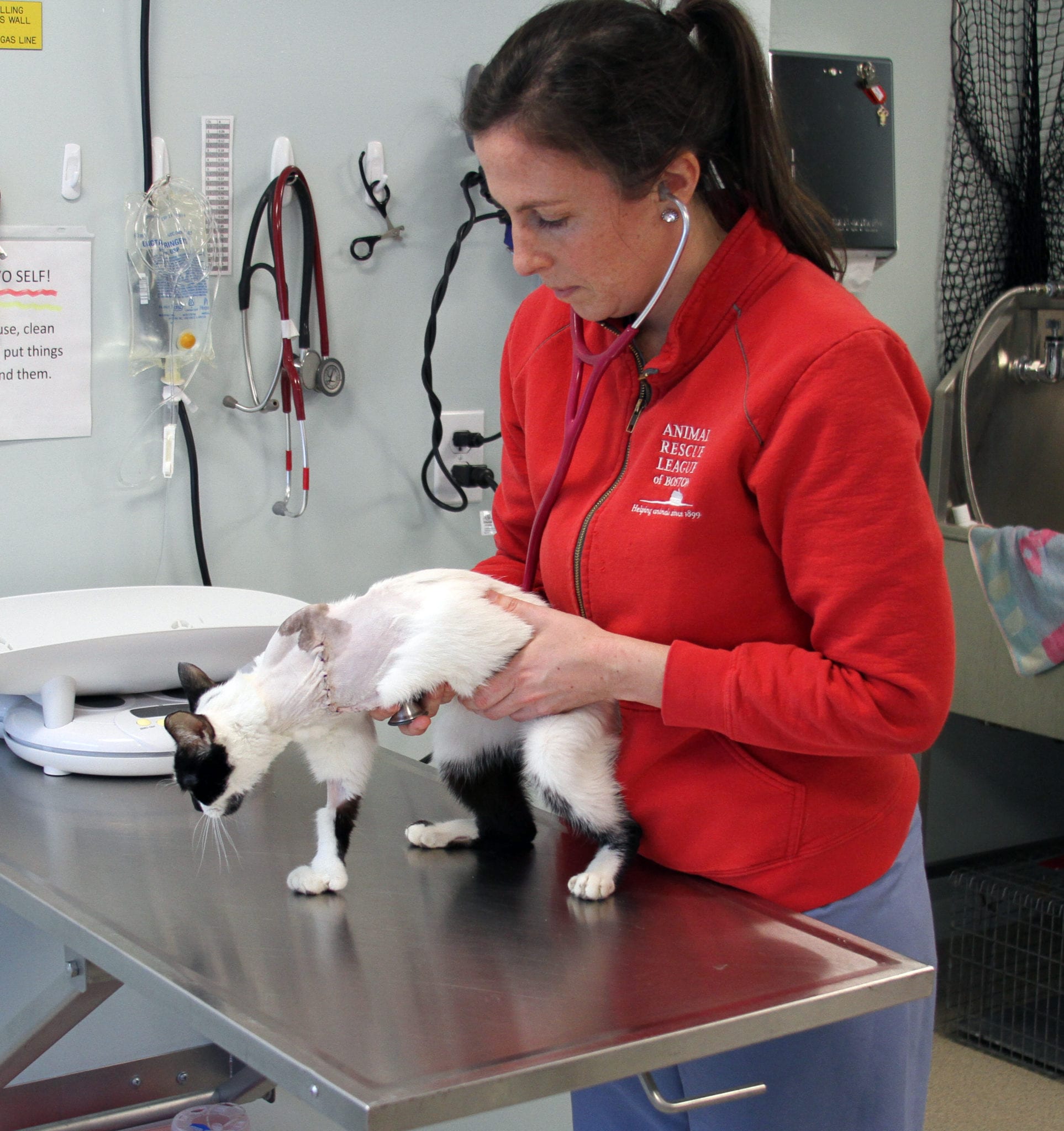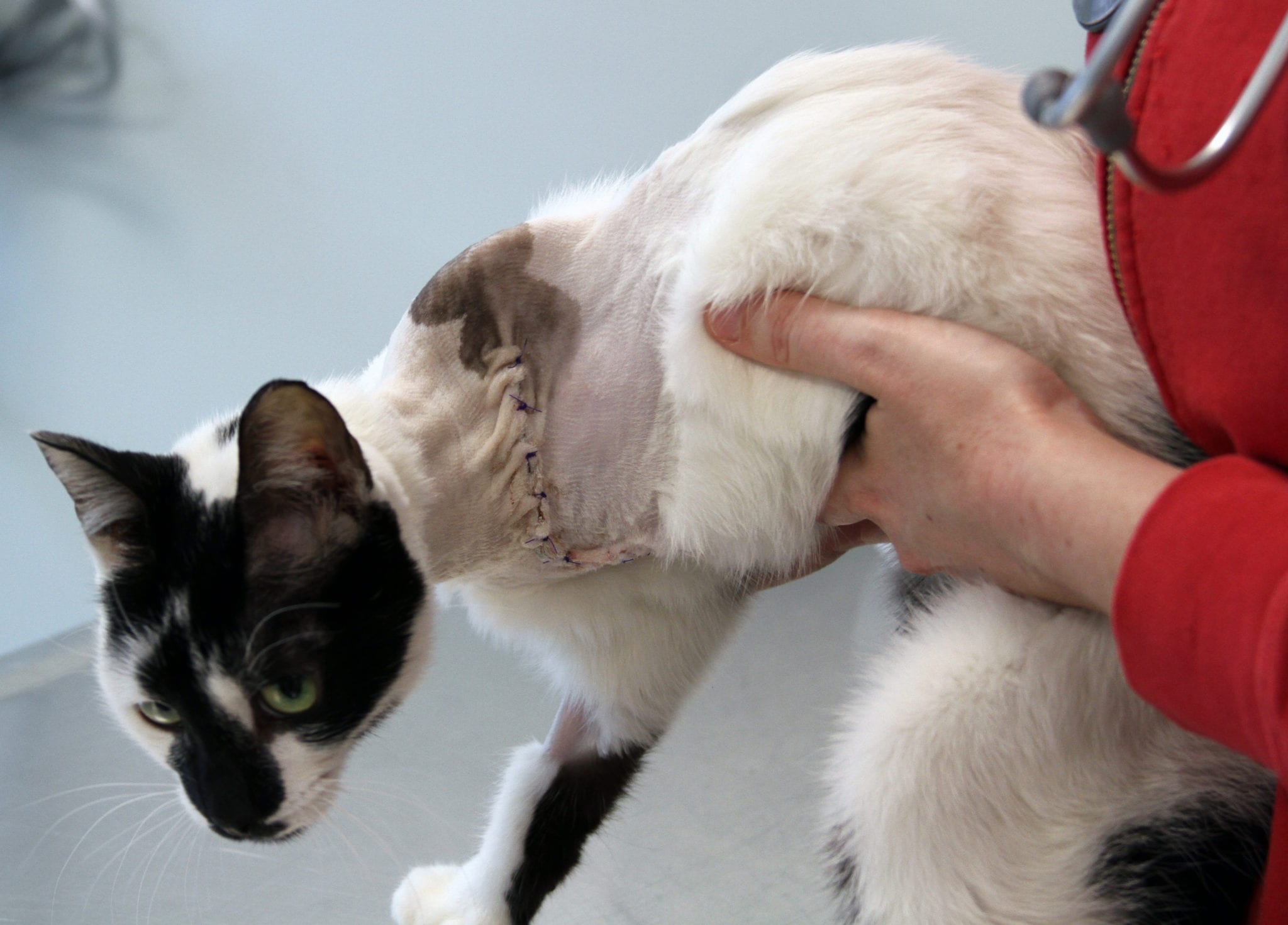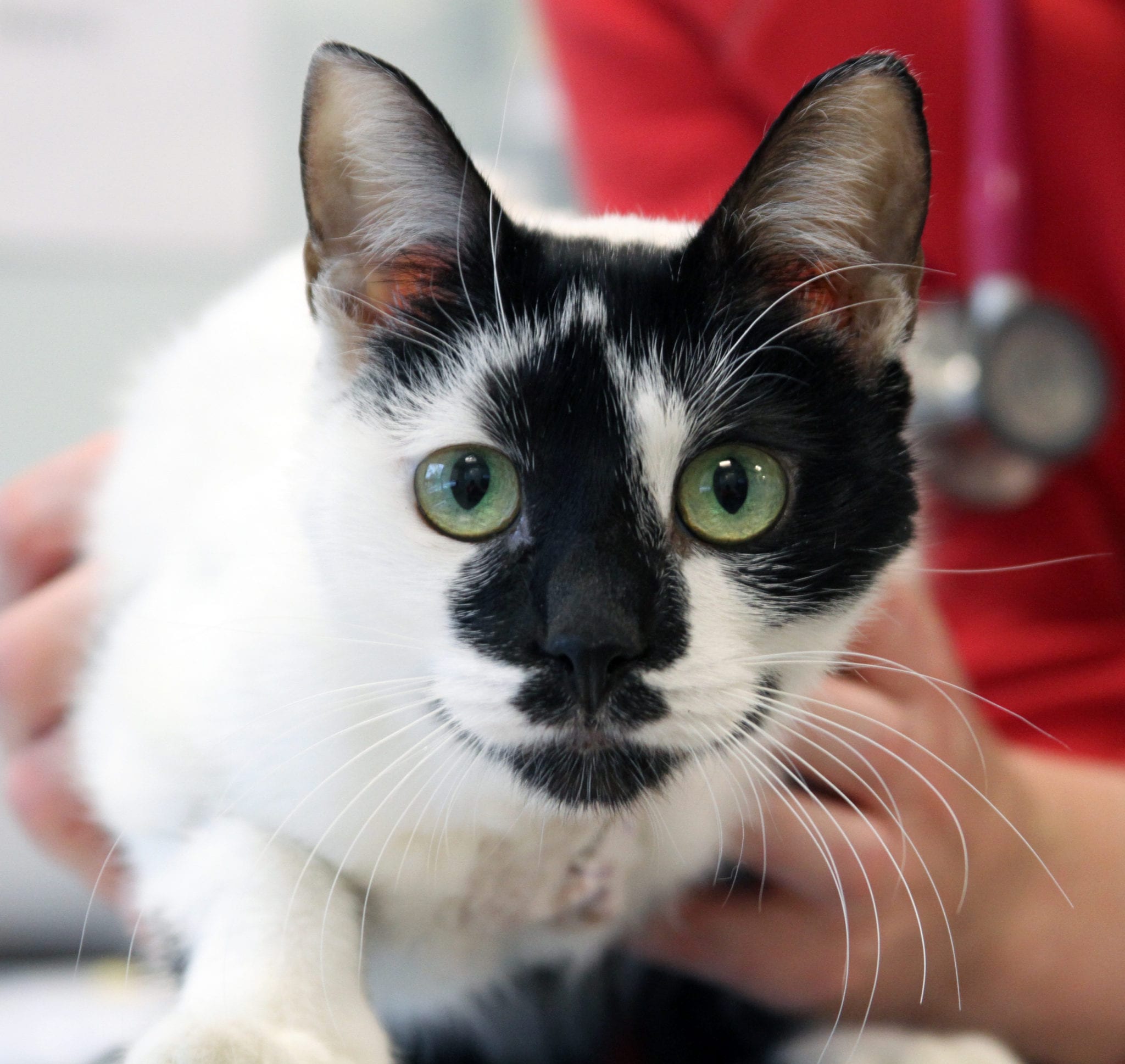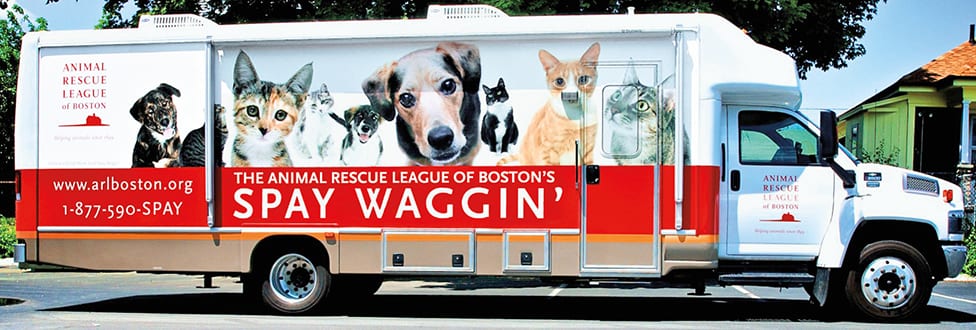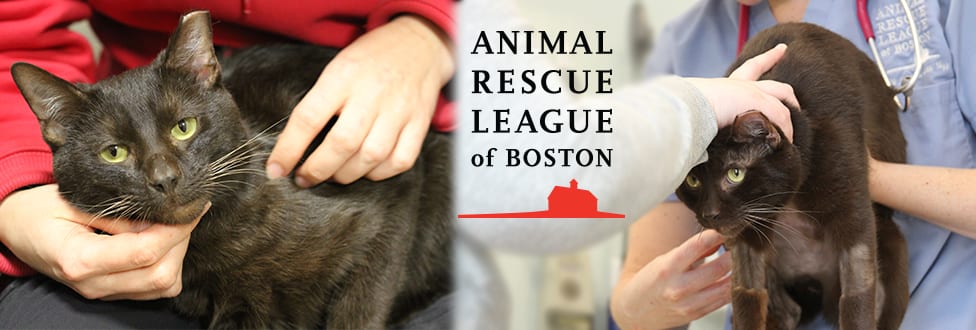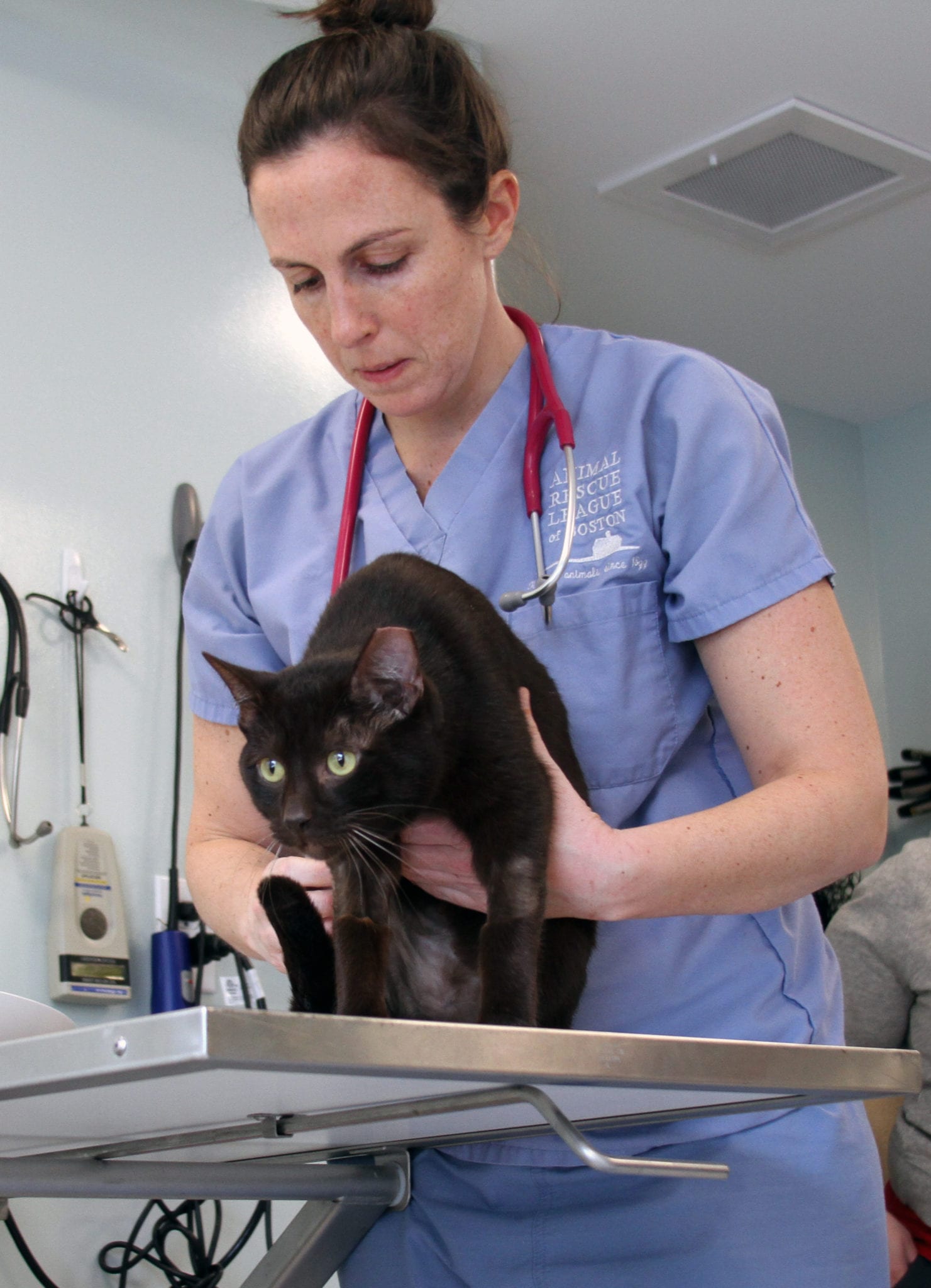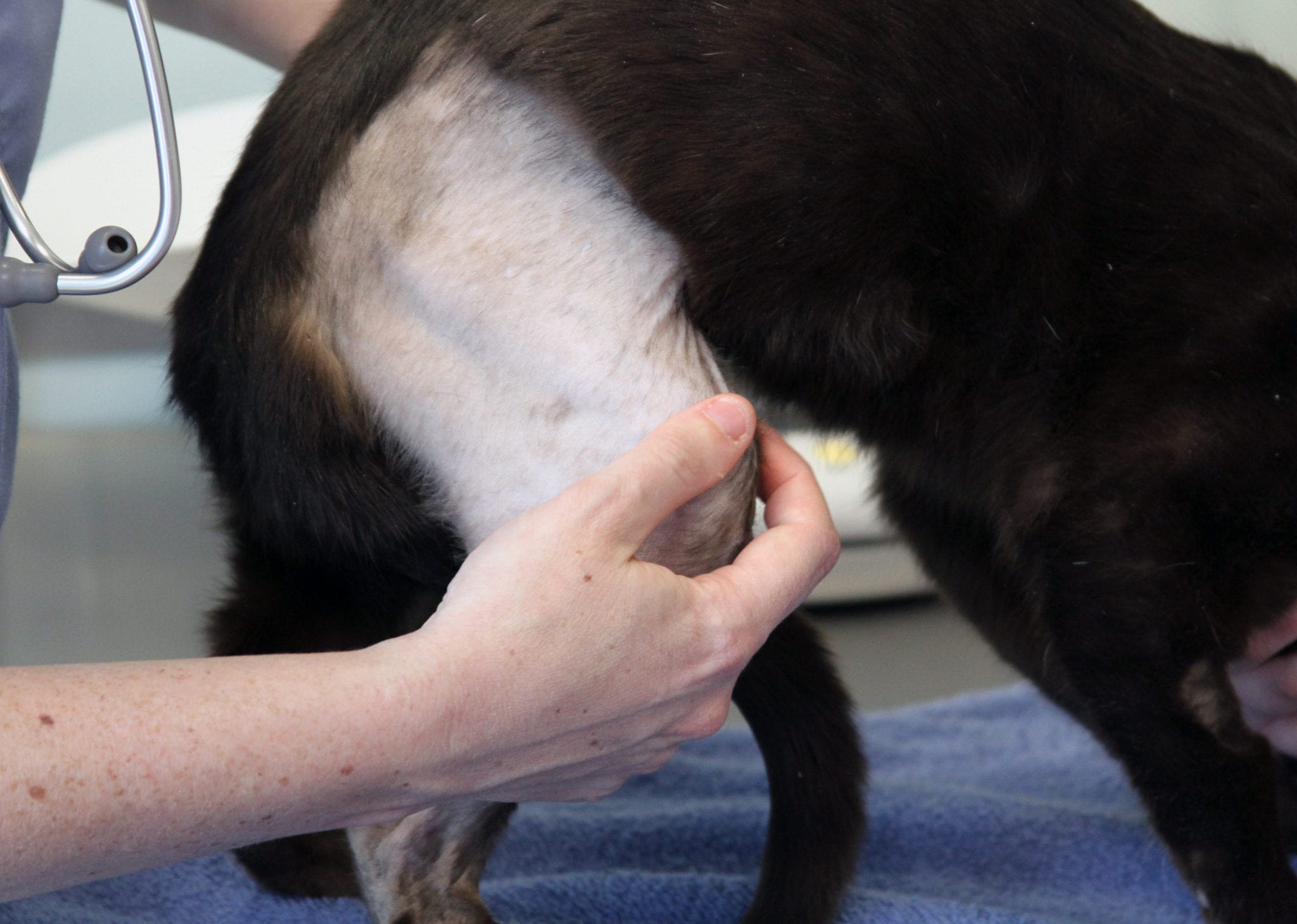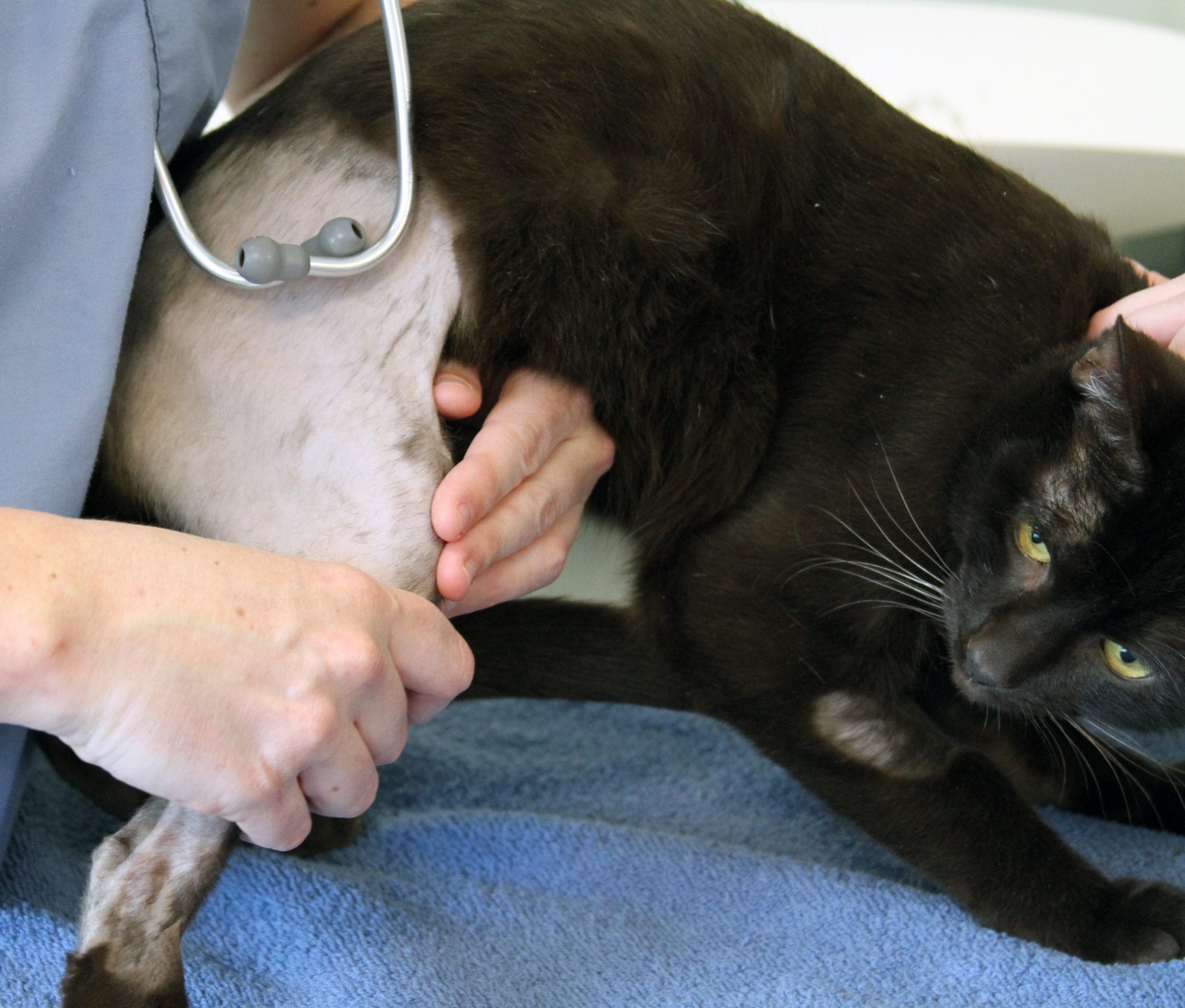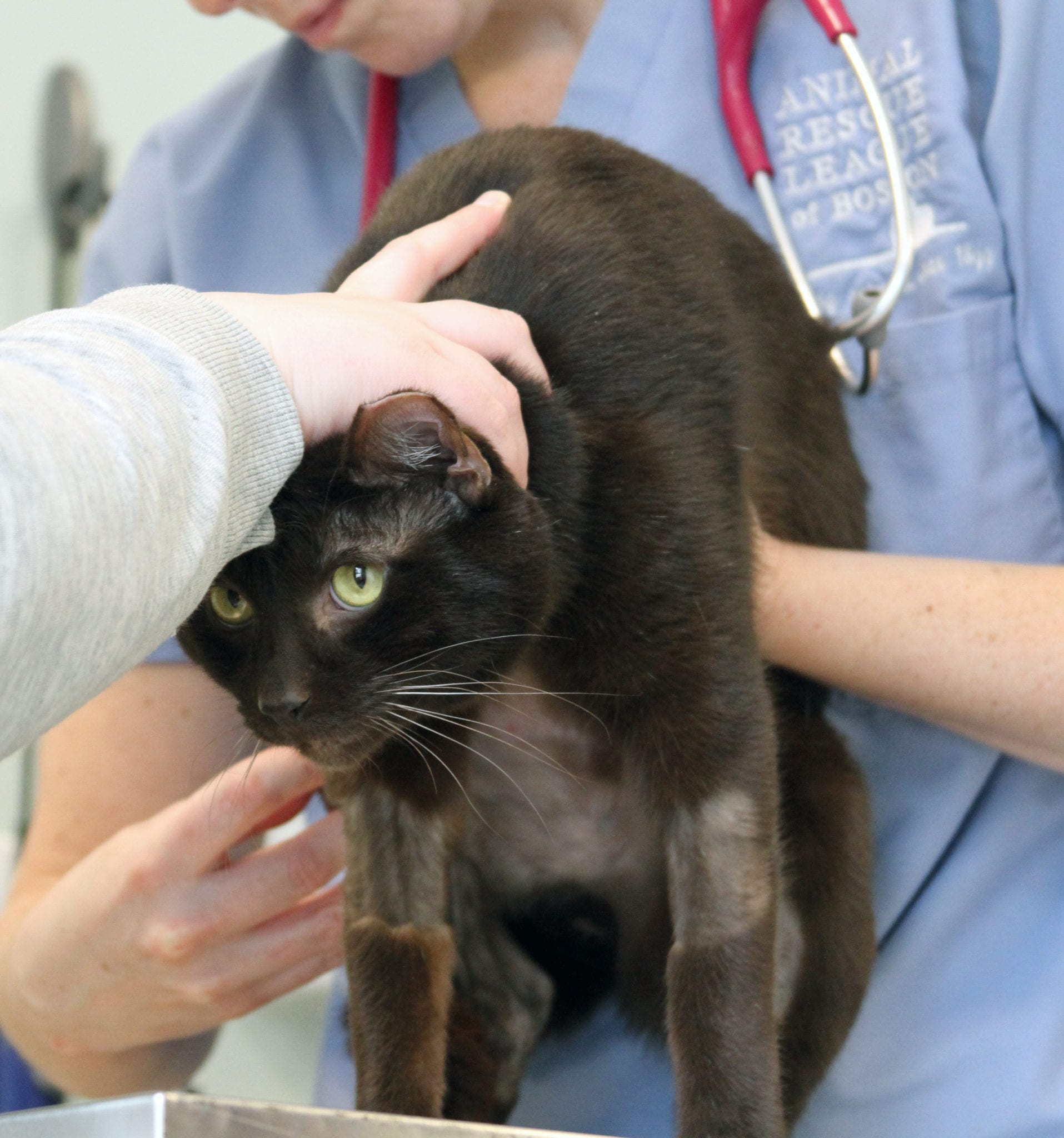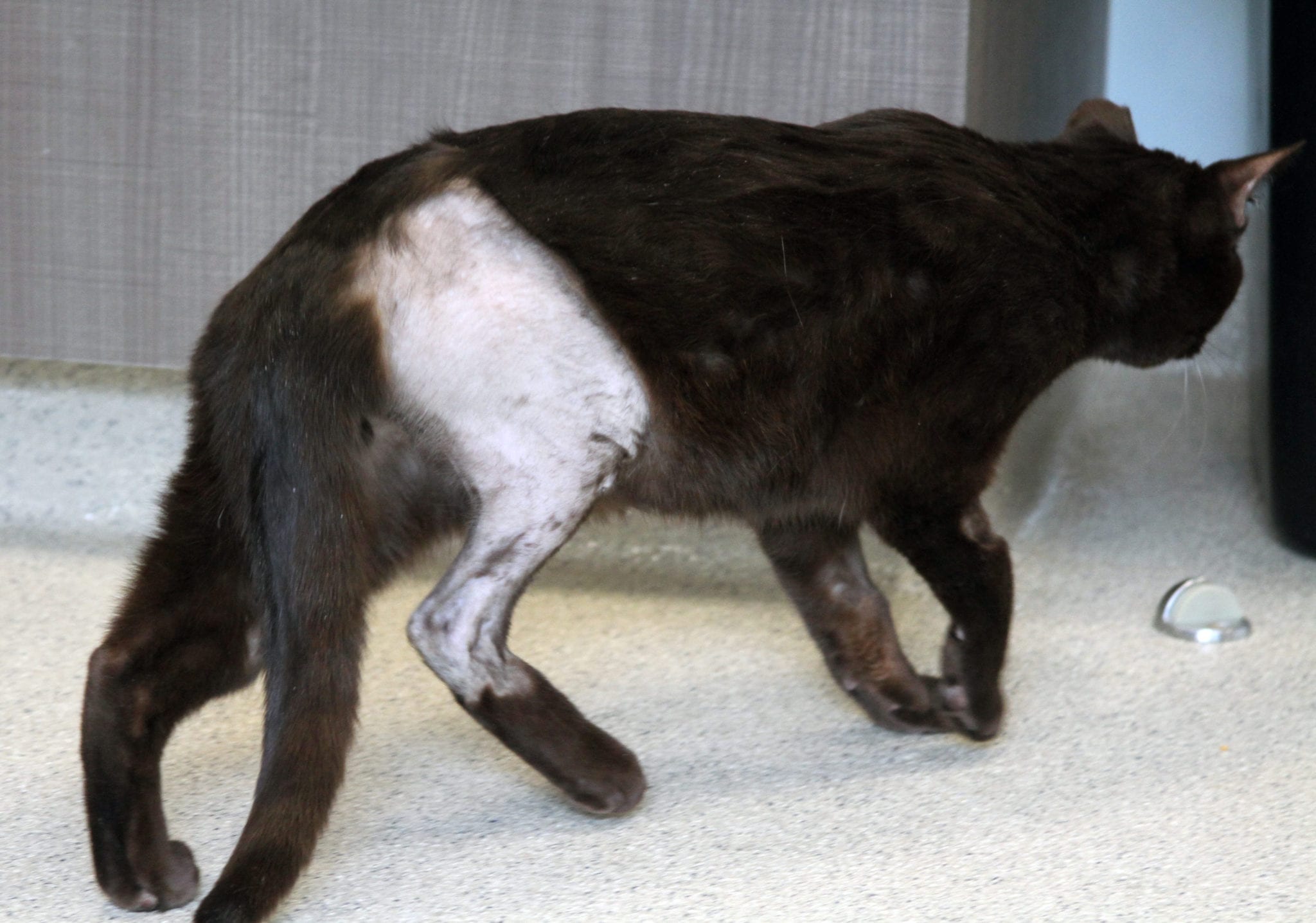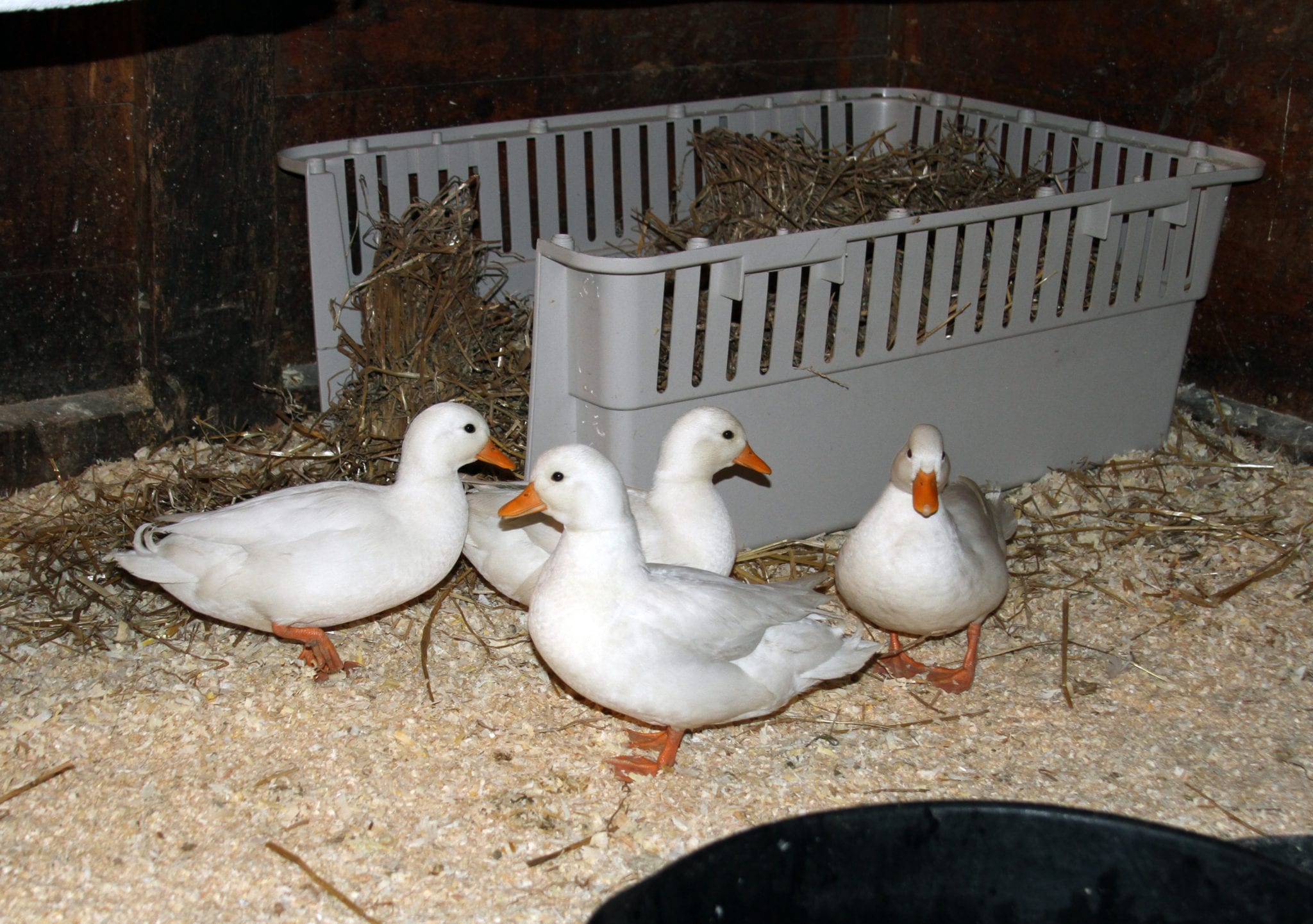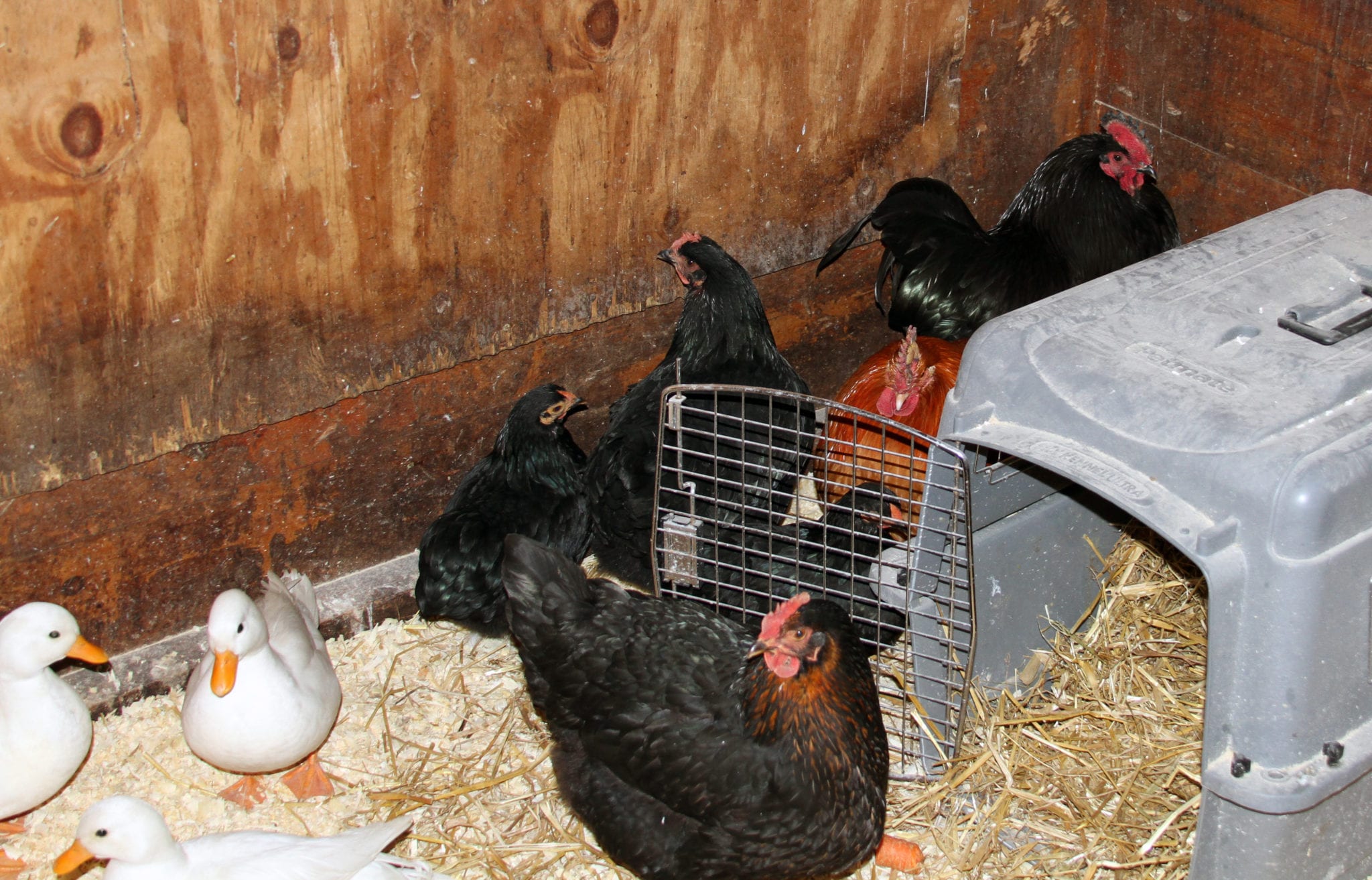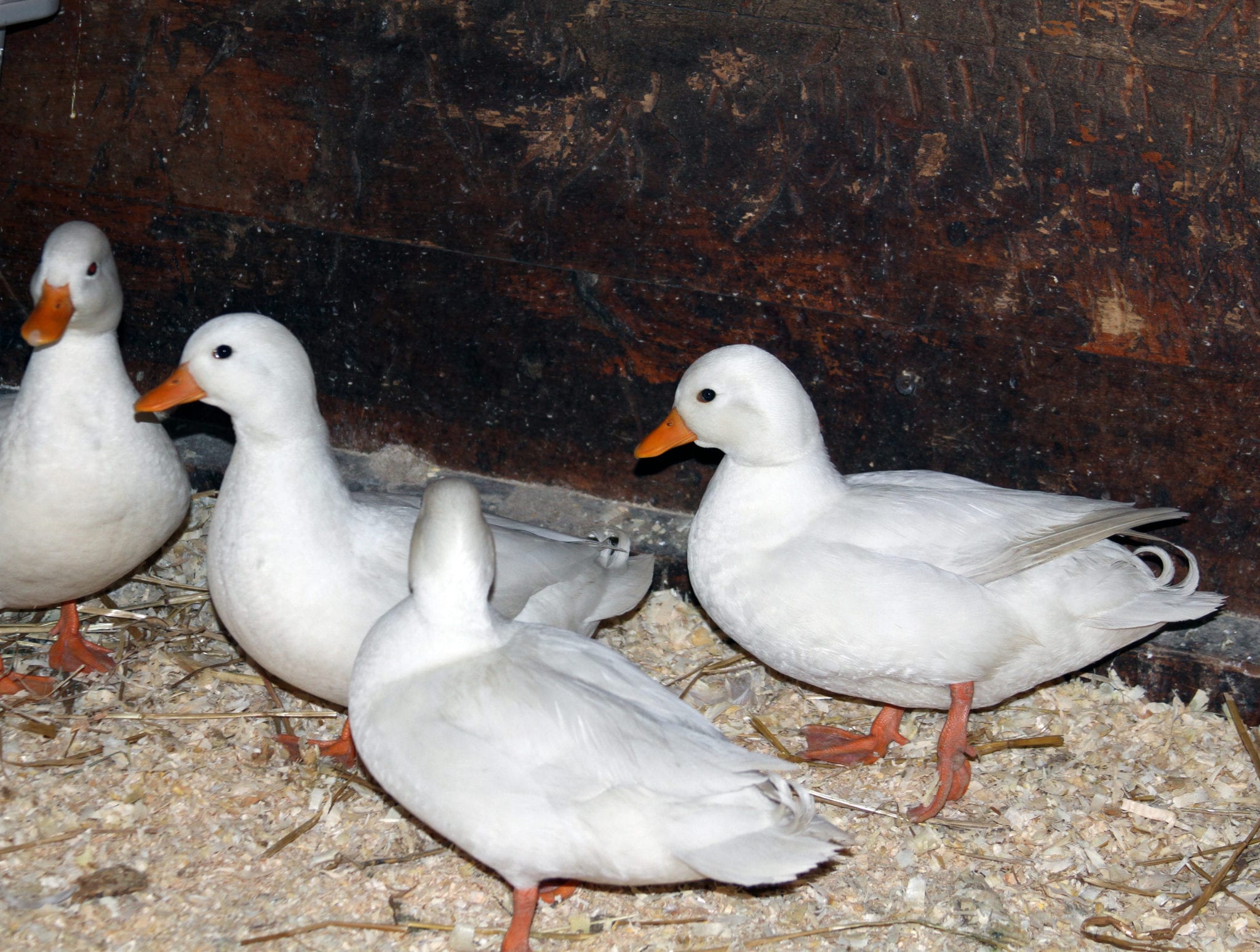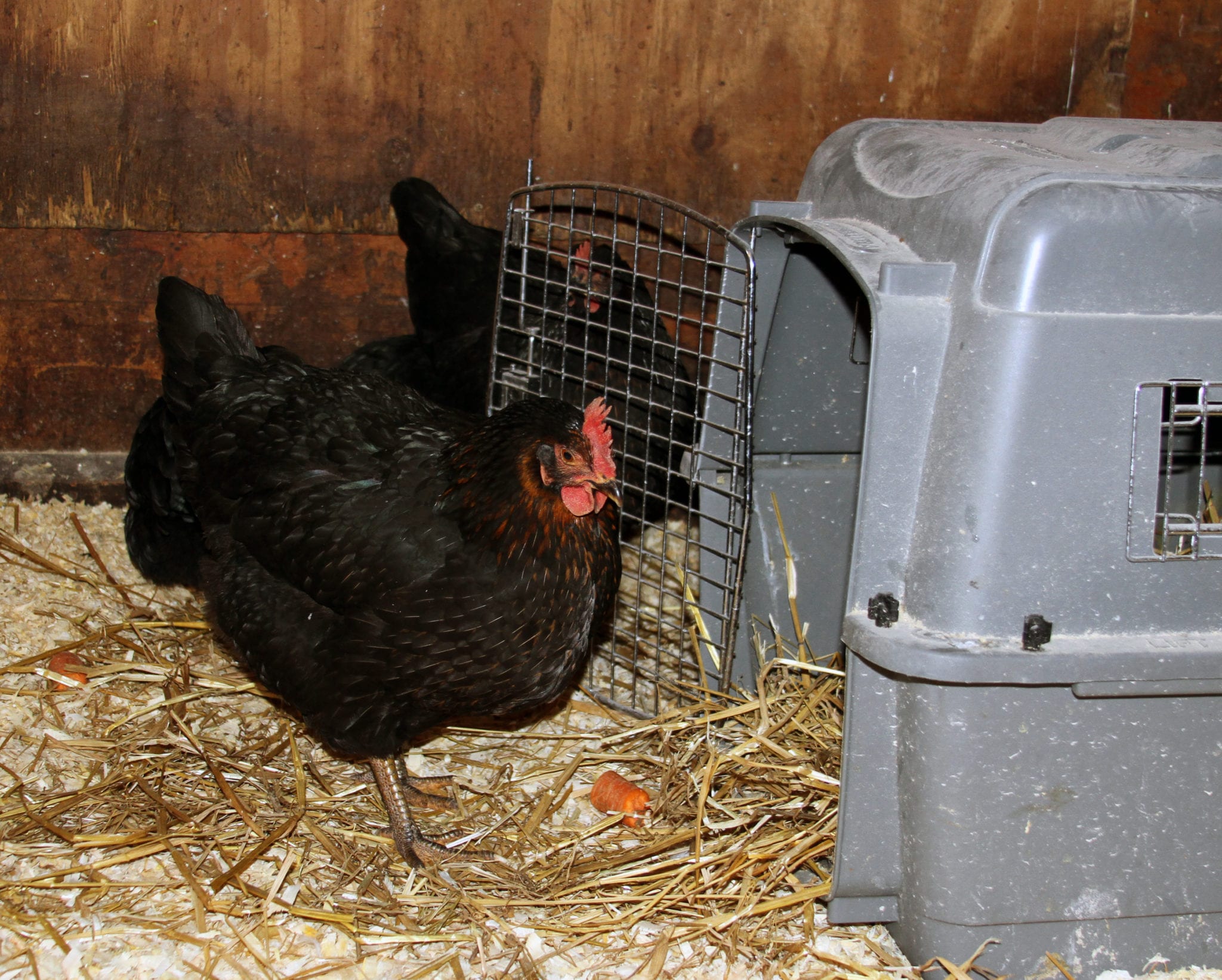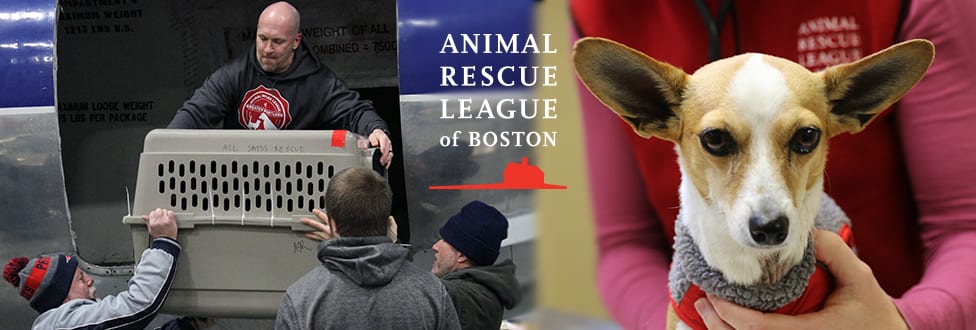Press Release: Emaciated Dog and Housemate on the Mend at ARL-Brewster
Previous owner charged with animal cruelty
The Animal Rescue League of Boston (ARL) is caring for a pair of dogs at its Brewster Animal Care and Adoption Center that were relinquished by their previous owner, who’s now facing animal cruelty charges.
“Ace” and “Bentley” came to ARL through the Rochester, MA, animal control officer who suspected that the dogs had been fed inadequately. Both dogs were malnourished, however the condition of one of the dogs was particularly appalling.
Two-year-old Bentley was severely dehydrated and emaciated, weighing just 20 pounds (according to veterinary records he weighed approximately 50 pounds in 2017). Bentley’s body condition score was 1-2 out of 9, and he also has a number of scars on his face and ears. Nine-year-old Ace fared slightly better, while showing signs of malnourishment, his body condition is close to normal.
According to ARL’s shelter veterinary staff, barring any unexpected complications, Bentley and Ace are expected to make a full recovery and have a second chance at life.
Both animals are settling into their new surroundings and will be on a closely monitored feeding schedule to promote safe and steady weight gain.
As they recuperate ARL staff and volunteers will work with the animals to ensure they are socialized and able to shed the fear and anxiety of such a taxing situation.
Per Sgt. Robert Small of the Rochester Police Department:
On February 21, 2018 an alert utility worker called Rochester police and reported that she had seen two malnourished dogs in a home on New Bedford Rd. Police officers responded to the home as well as Animal Control officers. The officers found the dogs were locked in the home and appeared to be severely malnourished. The conditions were very unsanitary and the officers reported an extreme odor of animal urine and feces was detected from the driveway. The home appeared otherwise vacant and no food or water was available.
The resident was contacted and returned to the house. The interior conditions were deplorable and contained a substantial amount of animal waste. Officers took custody of the dogs and Animal Control officers brought them for immediate medical treatment.
The owner of the dogs has been charged with two counts of Animal Cruelty and two counts of Failing to License a Dog.



